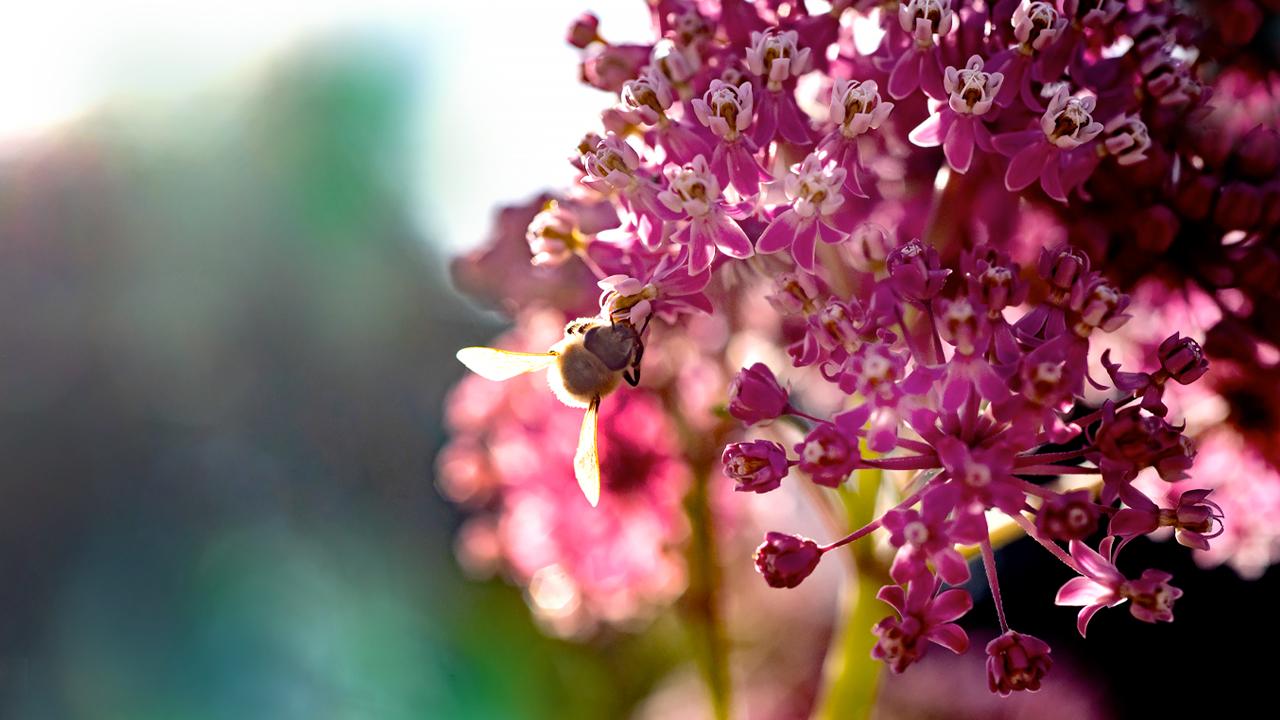
Scientist Discovers New Species of Plants from Fossils

Chicago Botanic Garden scientist Fabiany Herrera, Ph.D., discovered three new species of plants from fossils collected during the most recent expansion of the Panama Canal in Central America. The 19-million-year-old fossils are related to modern-day mangos, poison ivy, and cashews—all members of the family Anacardiaceae. The fossils include dozens of “petrified” fruits that were trapped in sediments from volcanoes that erupted during the Early Miocene geological era. The fruits are exquisitely preserved intact in their original three-dimensional shape. One of the new species is in the genus Spondias (hog plums), which today grows in tropical Central and South America and tropical Asia. This new Panamanian species of Spondias is the first fossil record of this plant.
The second species is in the genus Antrocaryon (Ameixa or jacaiacá plums), which today are native to the Amazonian rainforests. The third species is in the genus Dracontomelon (chi sấu plums), which today grows only in Southeast Asia and the Pacific Islands. The extant natural habitats and occurrences of the newly recognized fossils suggest the presence of multistratified rainforests in Panama approximately 19 million years ago. The new Anacardiaceae fossils also show that some plants have gone extinct from Central America, a phenomenon poorly understood in the tropical region. This project is a collaboration with scientists from the Smithsonian Tropical Research Institute and the University of Florida. This research was published in the peer-reviewed International Journal of Plant Science.
Photo: 19-million-year-old Spondias (hog plum) fruit from Panama, Central America. The fossil is permineralized and it is shown in transverse section.

